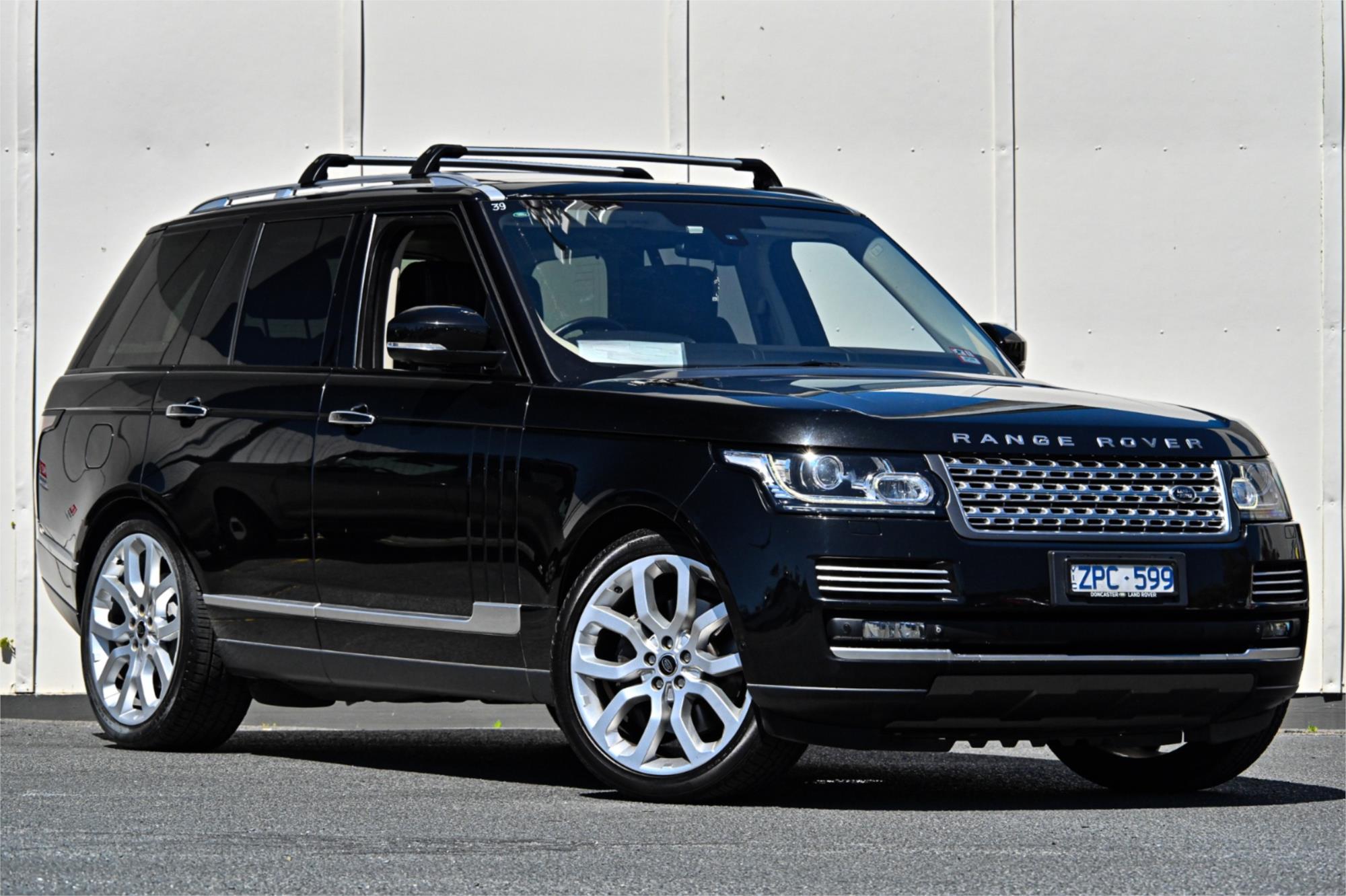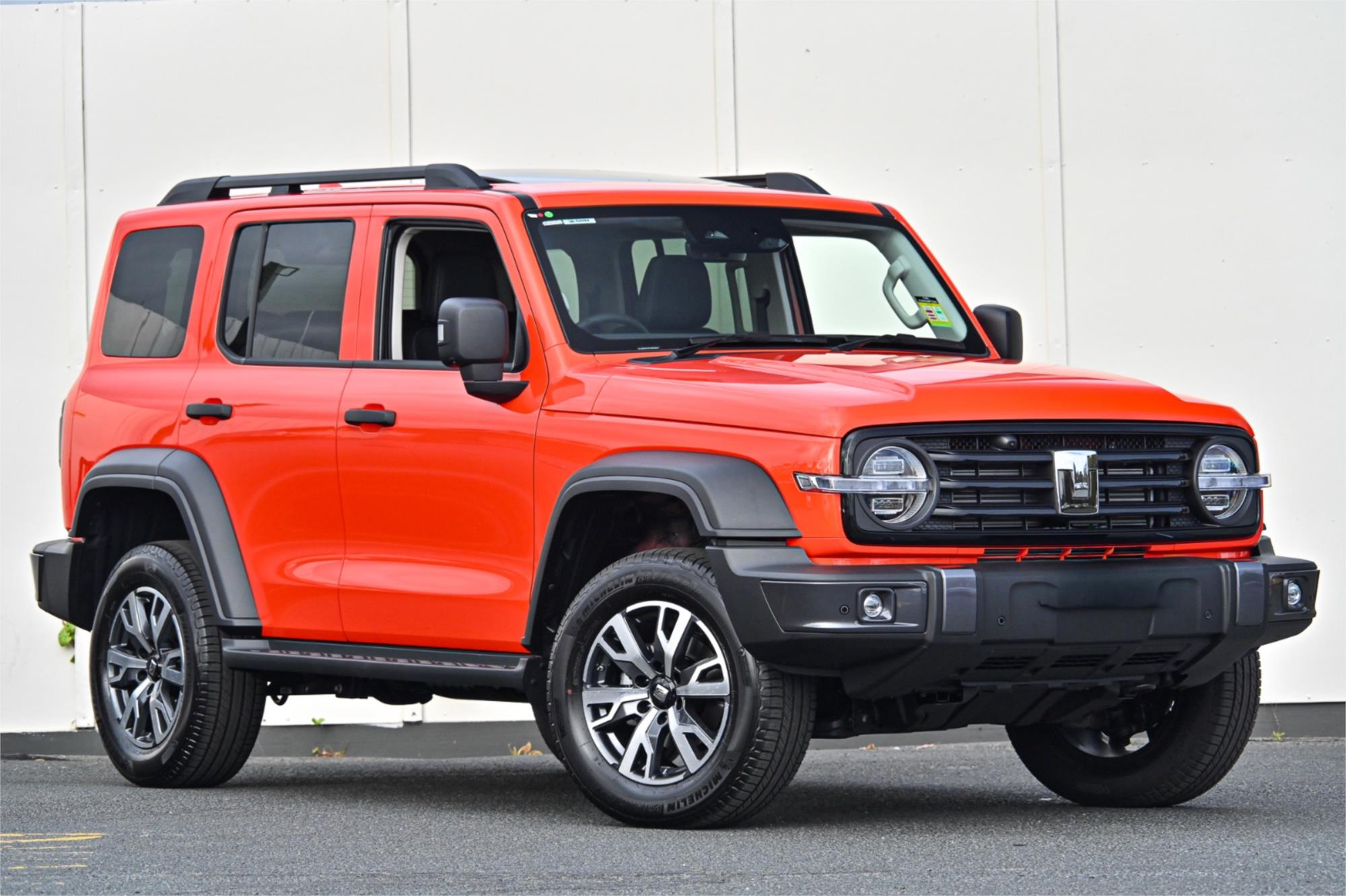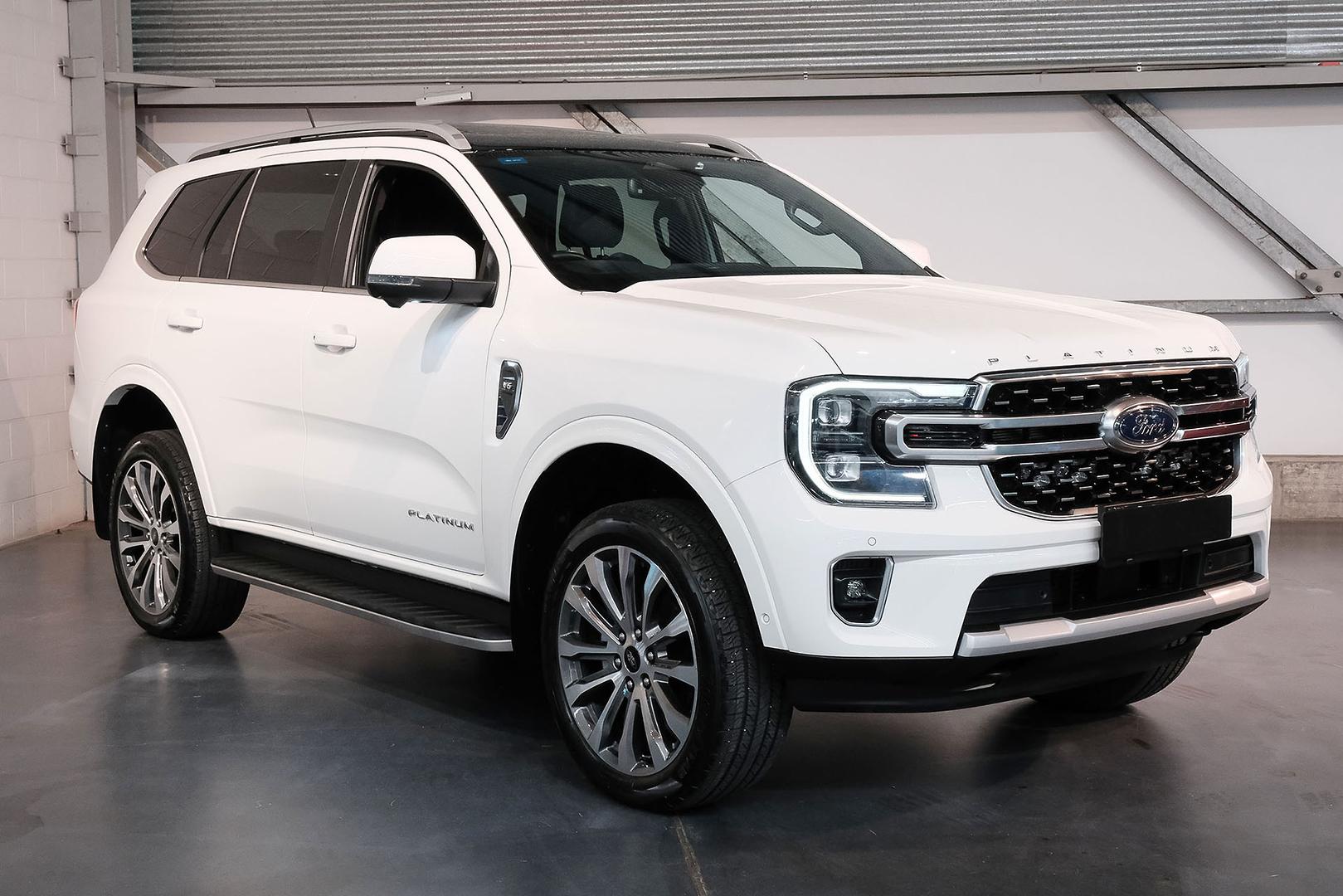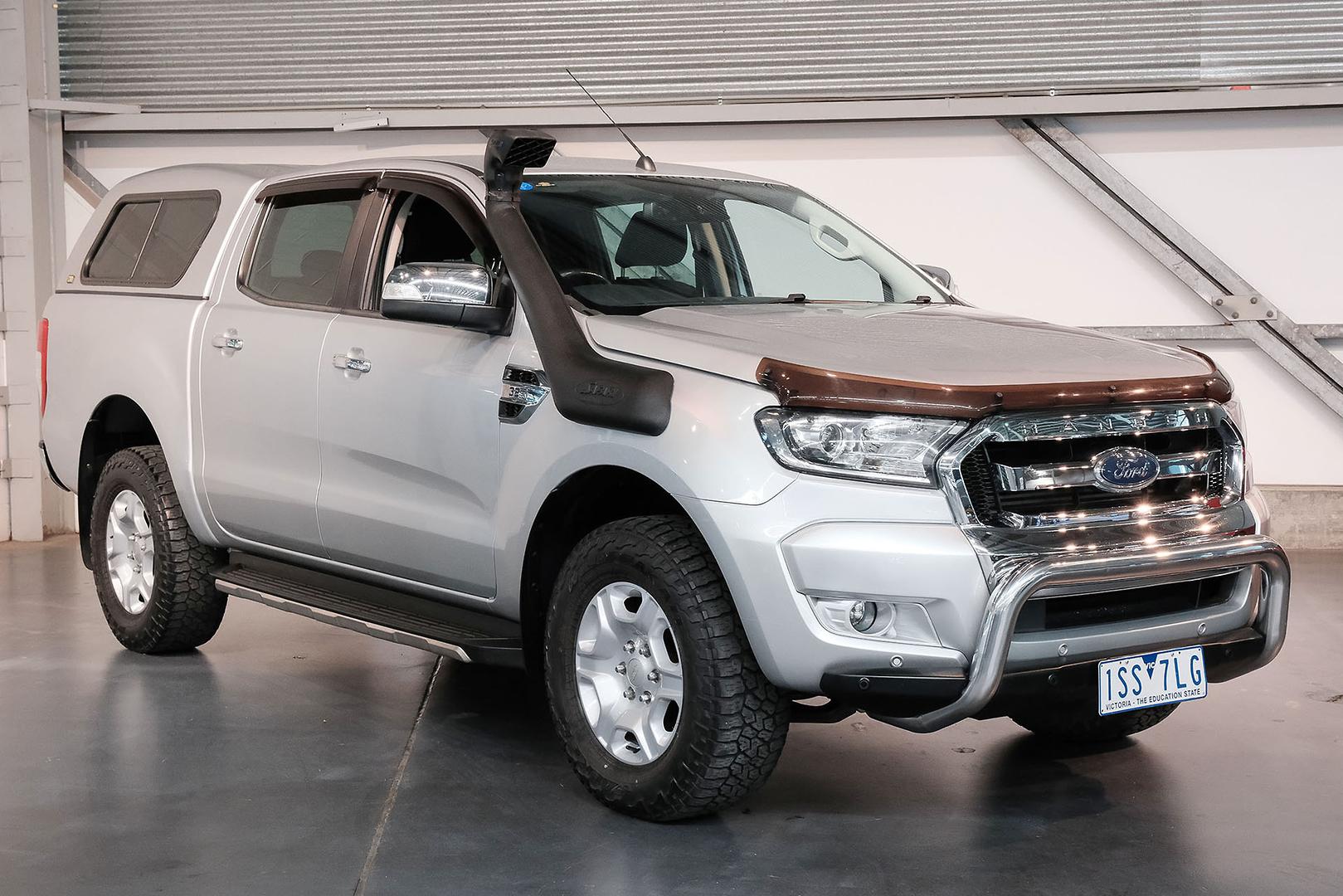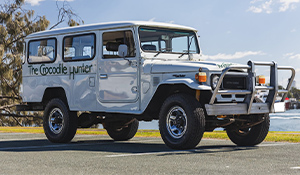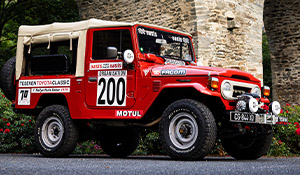2019 Suzuki Jimny First Drive Review
It's been 48 years since Suzuki bought out the Hope Motor Company's design for OM360 and put it on sale with a Jimny badge on the front. Since then this Lilliputian 4x4 has bought no-frills, body-on-frame ruggedness to markets all round the world, selling 2.85 million across three generations.
It's been used on building sites, in forests and supermarket-mall car parks where its charm and off-road performance more than made up for its Spartan looks, cabin and ride quality.
New Mark IV Jimny has been completely revised, with a stronger, cross-braced ladder frame under the separate body, isolated on eight rubber bobbins. The coil-sprung axles have been beefed up and there's a new 1.5-litre naturally-aspirated petrol engine, with a choice of five-speed manual or four-speed automatic transmission.
As ever there's a part-time four-wheel drive system with an old-school, transfer box giving a choice of two- and four-wheel drive and a set of crawler gears. It also has a back-to-the-future retro design (like a Mercedes G-wagen hit by the incredible shrinking ray), which is shorter than its predecessor but wider and much cuter. Jimny's creating a lot of interest on social media, but is all that twitter justified?
Suzuki Australia hasn’t yet announced pricing for the new Jimny but it has said we’ll see it Down Under very early next year (2019).

What’s the interior and practicality like?
Step across the tiny but high sills and you are presented with a square, angular facia with passenger grabs and seats that are wider than the previous Mark III model - it's all there, but at ⅝th scale.
The seats aren't bad and nor is the driving position, though the steering wheel only tilts up and down, which isn't great for taller drivers. In the back, the twin seats are cramped, but a six-foot adult can sit in there. The boot space is a bit of a joke since the rear tailgate closes almost on to the rear seat back, so if you want to carry a suitcase, you're going to have to fold at least one rear-seat down.

From the driver's seat, you can see all four corners, (you could almost reach out and touch them) and the big plastic bumpers, sills and front and rear valances are mark proof in the car park or the outback.
Suzuki's safety systems include active braking intervention, lane-departure warning, blind-spot monitoring, road-sign recognition, and automatic headlamp dipping. It's not state of the art, but useful, although the car recently scored just three points in the New Car Assessment Program crash test with a poor driver's air-bag performance, potential head restraint issues and poor rear passenger side protection.

What are the controls and infotainment like?
With a driver's binnacle containing a couple of analogue dials for speed and revs, the Jimny presents a very traditional look and feel. Designers have even reverted to the traditional floor-mounted lever to engage the part-time 4x4 system and low ratios in place of the button shift system on the Mark III Jimny.
Jimny folklore was that you could operate all the controls in thick gloves, but not anymore since the central touch screen (which only really serves as a display for the sat nav and radio controls), is inoperable unless you stab at it with a naked digit. Jimny does come with Apple CarPlay as well as the standard Bluetooth.

What’s the performance like?
Top speed is quoted at 145km/h for the manual with an estimated 0-62mph acceleration in less than 12 seconds; it's not fast! The engine is a willing if vocal unit, without much torque after 4,000rpm although it revs bravely if noisily to 6,250rpm.
We achieved an indicated 151km/h on the German autobahn, but you wouldn't want to stay there for long, this is not a vehicle in which to travel from Sydney to Perth but that's not the point. The refinement, though, is much better than previous models and even with the engine racing at 3,400rpm at 114km/h, passengers could still converse without getting hoarse.
The gear lever sprouts from the floor like an umbrella and has a long but precise travel. The ratio gaps are odd, though, and this car could really use a sixth gear if only to increase the economy at speed; we saw an average of 9.7 litres/100km on test.

What’s it like on the road?
To drive, it's a complete blast, with loads of body lean and those Bridgestone all-terrains squealing in early protest if you push through the turns. Actually it holds on better than you might expect and the short wheelbase and newly widened track gives it a chuckable, nimble feel.
That's only up to a point however, as the high centre of gravity, coupled with heavy solid axles and narrow spring centres means you need to have a care about sudden changes in direction or you'll lift a wheel or two...
The ride quality is also compromised and while new Jimny is improved, it still clambers over bumps, clatters through pot holes and the body shimmies through the turns. Recirculating ball steering is also better and more precise than similarly equipped rivals, but it's still a poor substitute for a decent rack and pinion.

What’s it like off the road?
You can shift on the fly from rear- to four-wheel drive but if you want the low-ratio set, you have to stop to engage them. For the first time Jimny also sports hill hold braking and hill descent control.
They gave us a bone dry and hilly but undemanding off-road course which Jimny breezed, never once losing traction. With traction control duties carried out with the brakes rather than locking differentials, however, polished ice, wet grass and similar could bring the little car to a standstill as such brake limited-slip systems can simply confound all forward motion.
It's important to remember, though, that lightweight and small size coupled with decent off-road geometry gets you a long way into the countryside; you'd have to be seriously out there to get Jimny truly stuck.

So, what do we think?
Shorter, wider and cuter than before, it's hard not to love the Jimny, especially in a world where SUVs are getting bigger and bigger. And those dimensions together with a proper body-on-frame construction and a transfer box 4x4 system means that the Jimny will go where many SUV crossovers would fail to tread.
Fact is however, the on-road ride isn't great, the performance is slow, it likes fuel and it's tiny inside. There's also that less-than stellar crash test result in recent NCAP results. Even if it makes you smile (and it probably will), you need to be sure you actually need some of the Jimny's considerable capabilities before you sign on the dotted line.
Words by Andrew English and Images by Lena Willgalis and Matt Richardson

2019 Suzuki Jimny Specifications
Price Unknown Warranty three years, 100,000km Service Intervals Unknown Safety Engine 11.4-litre four cylinder naturally-aspirated petrol Power 75kW at 6,000rpm Torque 130Nm at 4,000rpm Transmission five-speed manual or four-speed automatic, with transfer box Drive Part-time four-wheel drive Dimensions Length 3645mm (to spare wheel cover); Width 1645mm without mirrors; Height 1725mm; Wheelbase 2250mm Ground Clearance 210mm Angles approach 37 deg, departure 49 deg, ramp breakover 28 deg Towing (braked) 1300kg Towball Download 75kg GVM 1435kg Boot Space 85 litres (377 with rear seats folded) Spare full-size Fuel Tank 40 litres Thirst (manual in WLTP test mode) Combined 7.9L/100km


